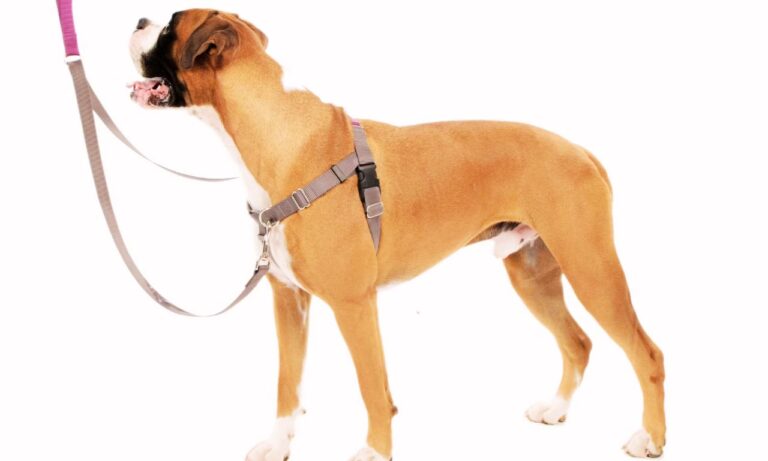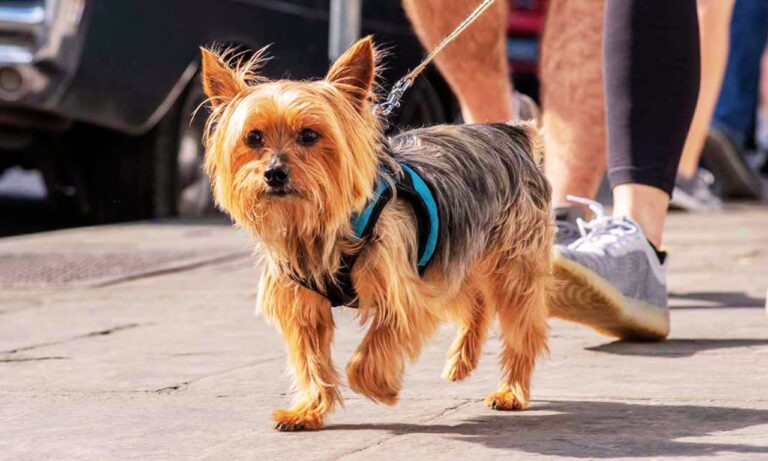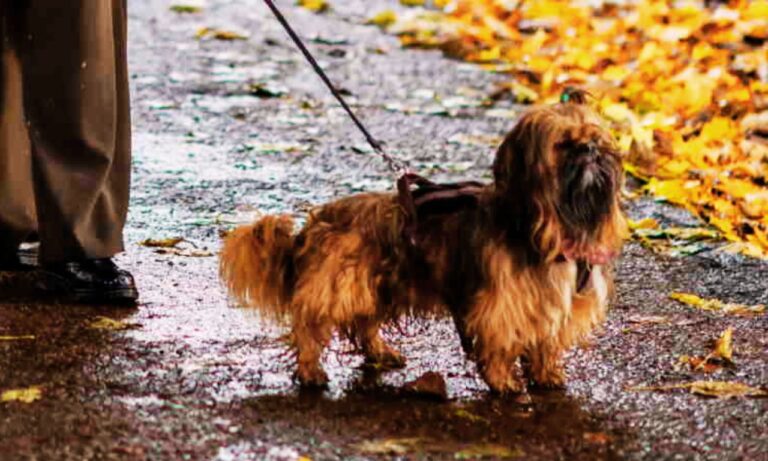Dog collars are essential tools for identification and control, but they can also cause problems if not used or fitted properly. Understanding the potential harm collars can cause to your dog’s neck and fur is crucial to maintaining your pet’s health and comfort. So, Are collars bad for a dog’s neck and fur? This blog explores the potential issues and provides solutions for safe collar use. Discover the best collars for Siberian Huskies for both style and comfort.
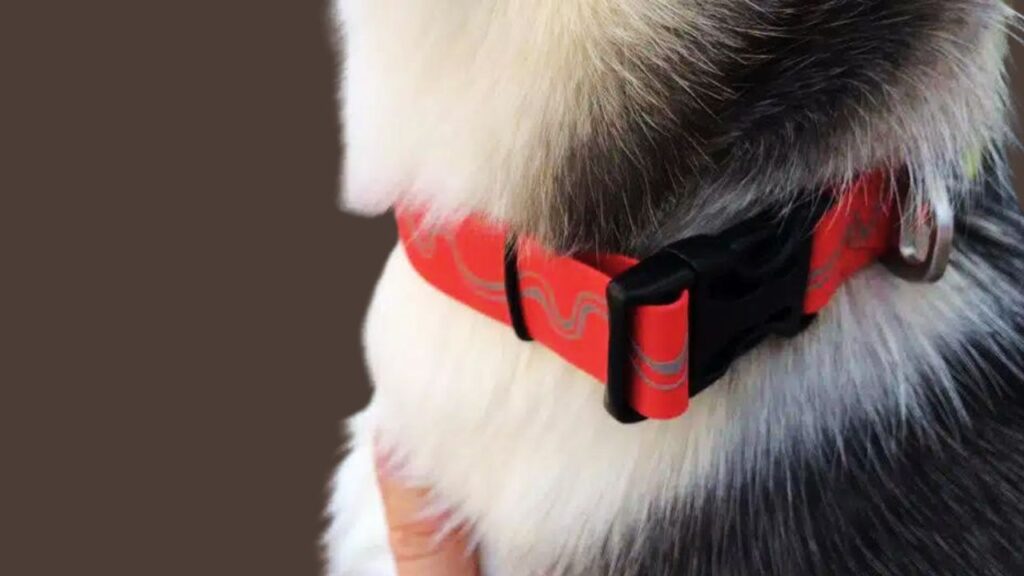
Blog Highlights
ToggleAre Collars Bad for a Dog’s Neck and Fur?
So, Are collars bad for a dog’s neck and fur? Collars can cause issues like hair loss, skin irritation, and neck injuries if poorly fitted or worn constantly. Tight collars can lead to discomfort and infections, while loose ones can snag on objects. Using alternatives like harnesses and checking collar fit regularly can prevent these problems.
Here, I’ve combines a concise quick-fix table for collar-related issues:
Common Issues with Dog Collars
Dog collars can cause several issues, including hair loss, skin irritation, and neck injuries, especially when improperly fitted. Regular monitoring, proper fit, and alternative tools like harnesses can help prevent these problems. Learn how to put a collar on a Husky with these practical tips.
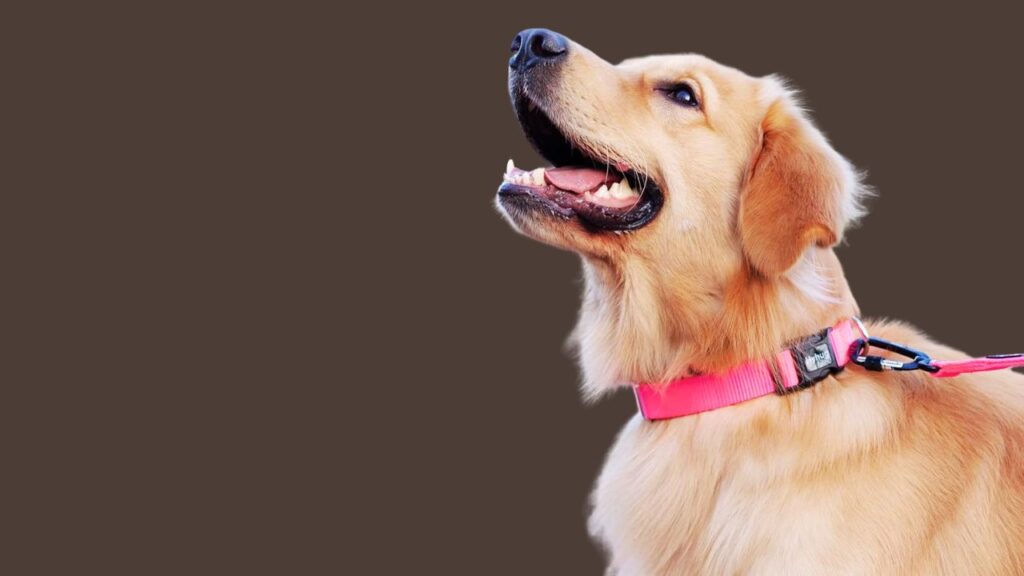
1. Friction and Hair Loss
One of the most common issues associated with collars is hair loss, also known as “collar alopecia.” This occurs when a collar repeatedly rubs against the dog’s neck, causing friction that breaks hair and leads to thinning or bald patches. Collars that are too tight or too loose can exacerbate this problem.
For example, a collar that slides around the neck may continuously rub against the same areas, leading to irritation. Over time, this constant friction can also irritate the skin and contribute to more significant hair loss or even sores on the skin.
2. Skin Irritation and Infections
Collars that are too tight can restrict airflow to the skin, causing moisture buildup under the collar, which promotes bacterial growth. This can lead to infections, rashes, or skin conditions like dermatitis. Additionally, irritation from poor-quality materials or improper fit can result in chronic skin inflammation. Skin infections can be painful and uncomfortable for the dog and often require veterinary treatment.
3. Strangulation and Neck Injuries
A poorly fitted collar can cause more severe injuries. Strangulation is a concern, especially for active dogs that might catch their collar on furniture or fences. Breakaway collars, designed to release under pressure, can help mitigate this risk, especially in high-risk environments.
Further, collars can put stress on the dog’s trachea and neck muscles, especially if the dog pulls on the leash. In severe cases, the pressure can damage the thyroid gland, cause neck pain, and contribute to long-term health problems such as hypothyroidism. Prolonged use of a collar can also cause injuries to the neck muscles and nerves.
3 Best Alternatives to Collars
While collars are necessary for holding ID tags and sometimes for leash attachment, they are not the only option for controlling your dog during walks. There are several alternatives that may be more comfortable and less risky for your dog’s health. Find out the best collars for Cane Corsos to suit their unique needs.
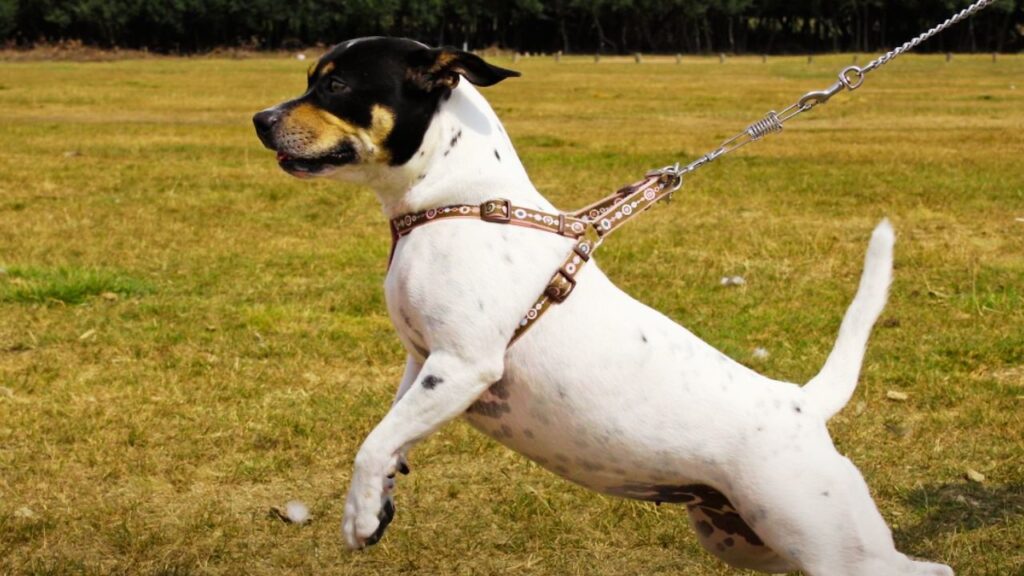
1. Harnesses
A well-fitted harness is an excellent alternative for walking your dog, especially if they are prone to pulling. Harnesses distribute pressure across the chest and shoulders rather than concentrating it on the neck, which can help prevent injuries. Dogs with neck issues or breeds prone to tracheal collapse, such as pugs or Chihuahuas, may especially benefit from using a harness. When choosing a harness, ensure it fits snugly but does not rub the dog’s skin.
2. Rolled Leather Collars
For dogs with long fur, rolled leather collars are a great option. Unlike flat collars, rolled collars are less likely to cause matting and tangling in long fur. This design reduces the chance of hair breakage and irritation, making it a more comfortable choice for dogs with thick or easily tangled coats.
3. Breakaway Collars
These collars are designed to prevent strangulation and injury by breaking open when a certain amount of force is applied. They are particularly useful for dogs that are left unsupervised or are prone to getting their collar caught on objects. However, it’s essential to note that breakaway collars may not be suitable for walking your dog, as they may release unexpectedly.
Choosing the Right Collar For Short-Haired Dog
When selecting a collar for your dog, it’s crucial to consider the material, fit, and your dog’s specific needs. Explore the Cane Corso growth and weight chart and nutrition plans.
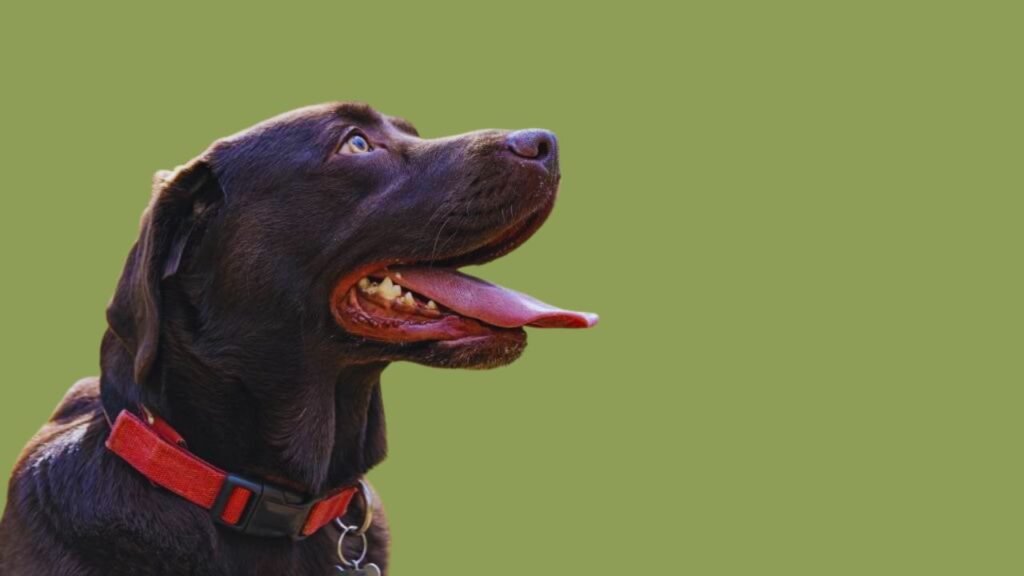
1. Material
Collars made from soft materials like padded leather or nylon are generally more comfortable and less likely to cause irritation than metal or plastic collars. Leather collars, particularly padded ones, are often recommended for dogs with sensitive skin, as they provide a soft barrier between the skin and the collar.
2. Fit
The fit of the collar is perhaps the most critical factor. A collar should be snug but not tight—you should be able to fit two fingers between the collar and your dog’s neck. Collars that are too tight can restrict blood flow, cause choking, or lead to hair loss and skin irritation. On the other hand, collars that are too loose can cause injuries if your dog gets a limb or jaw caught in the collar.
3. Consider Your Dog’s Activity Level
If your dog is particularly active, a collar that is durable and flexible is necessary to ensure both safety and comfort. For dogs that spend time outdoors, waterproof or easy-to-clean materials may be a better option to avoid moisture buildup, which can irritate the skin. Understand if the Cane Corso is a high-maintenance dog with this insightful guide.
Preventing Collar-Related Issues
To prevent collar-related issues, it’s important to:
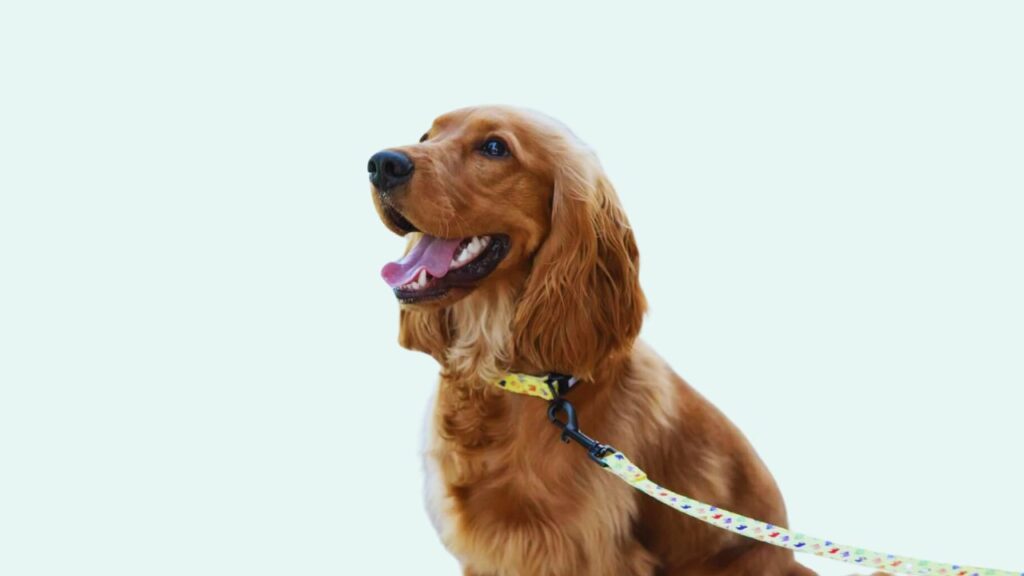
- Rotate Collars: Regularly switching between collars can help reduce constant friction in one area of the neck.
- Check Fit Regularly: Dogs, especially puppies, grow quickly, and their collar needs to be adjusted accordingly. Regularly checking the fit ensures the collar remains comfortable as your dog’s body changes.
- Remove Collars During Rest: If your dog is resting or sleeping, consider removing the collar to allow the skin to breathe and reduce the risk of irritation.
- Use a Harness for Walks: Even if you use a collar for ID tags, a harness may be a safer alternative for controlling your dog during walks, reducing the risk of neck injuries.
Should You Rotate Collar and Removing Them at Night?
To prevent constant pressure on the same area of your dog’s neck, it’s a good idea to rotate between different collars. By using different collars for various activities—such as one for daily use and another for walking—you reduce the chances of causing chafing or hair loss in one spot.
Additionally, many experts recommend removing the collar during rest or sleep. Allowing your dog to go collar-free overnight gives their skin a break, reducing the risk of irritation or infection caused by trapped moisture under the collar. This is especially important for dogs that spend long periods outdoors, as their collars may become wet and lead to skin problems.
Using Collars for Identification, Not Control
While collars are essential for holding identification tags, using them for control during walks can sometimes be harmful, especially for dogs that pull or have neck sensitivities. If your dog tends to pull on the leash, a harness is a better option for walks. Harnesses distribute pressure across the dog’s chest and back rather than the neck, preventing neck strain or potential damage to the trachea.
For larger breeds or dogs prone to pulling, front-clip harnesses or head collars provide more control without risking neck injuries. However, it’s important to ensure that head collars fit well and that your dog is comfortable wearing them. Poorly fitted head collars or improper use can lead to neck twisting or discomfort.
Regularly Checking the Condition of the Collar
Just as the fit of the collar needs to be regularly checked, so does the condition of the collar itself. Worn-out collars can fray, lose elasticity, or break unexpectedly. For dogs that frequently play or swim, the collar material may degrade faster due to moisture exposure or wear from rough activities.
By regularly inspecting your dog’s collar for signs of wear and tear, you can ensure it remains functional and safe. If the collar is becoming too worn, it’s best to replace it before it breaks or causes injury. Learn the best practices for putting a collar on thick-skinned dogs to ensure a comfortable and irritation-free fit.
Wrapping Up!
Collars are necessary for dog ownership, but improper use can lead to several health problems, including hair loss, skin irritation, and even more severe neck injuries. To minimize these risks, dog owners should ensure that collars fit correctly, choose materials that are gentle on the dog’s skin, and consider alternatives like harnesses for walks.
Rotating between collars, checking the fit, and allowing your dog’s skin time to breathe can also help prevent issues. Your dog’s safety and comfort should always be the top priority when selecting and using a collar.
By taking these precautions, you can ensure your dog stays happy, healthy, and comfortable while wearing their collar. Hope so, now you know, are collars bad for a dog’s neck and fur.


